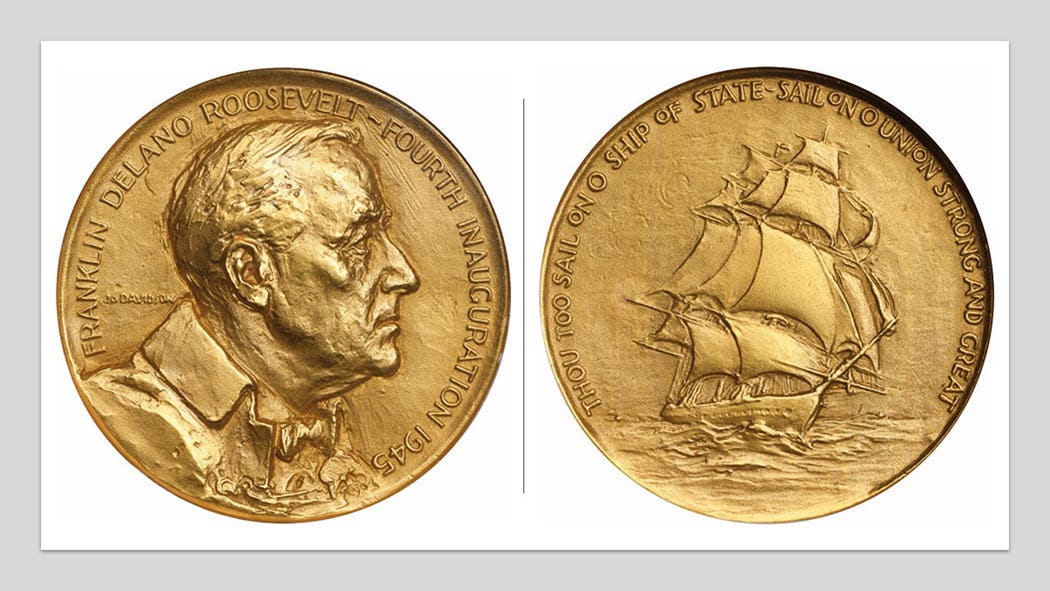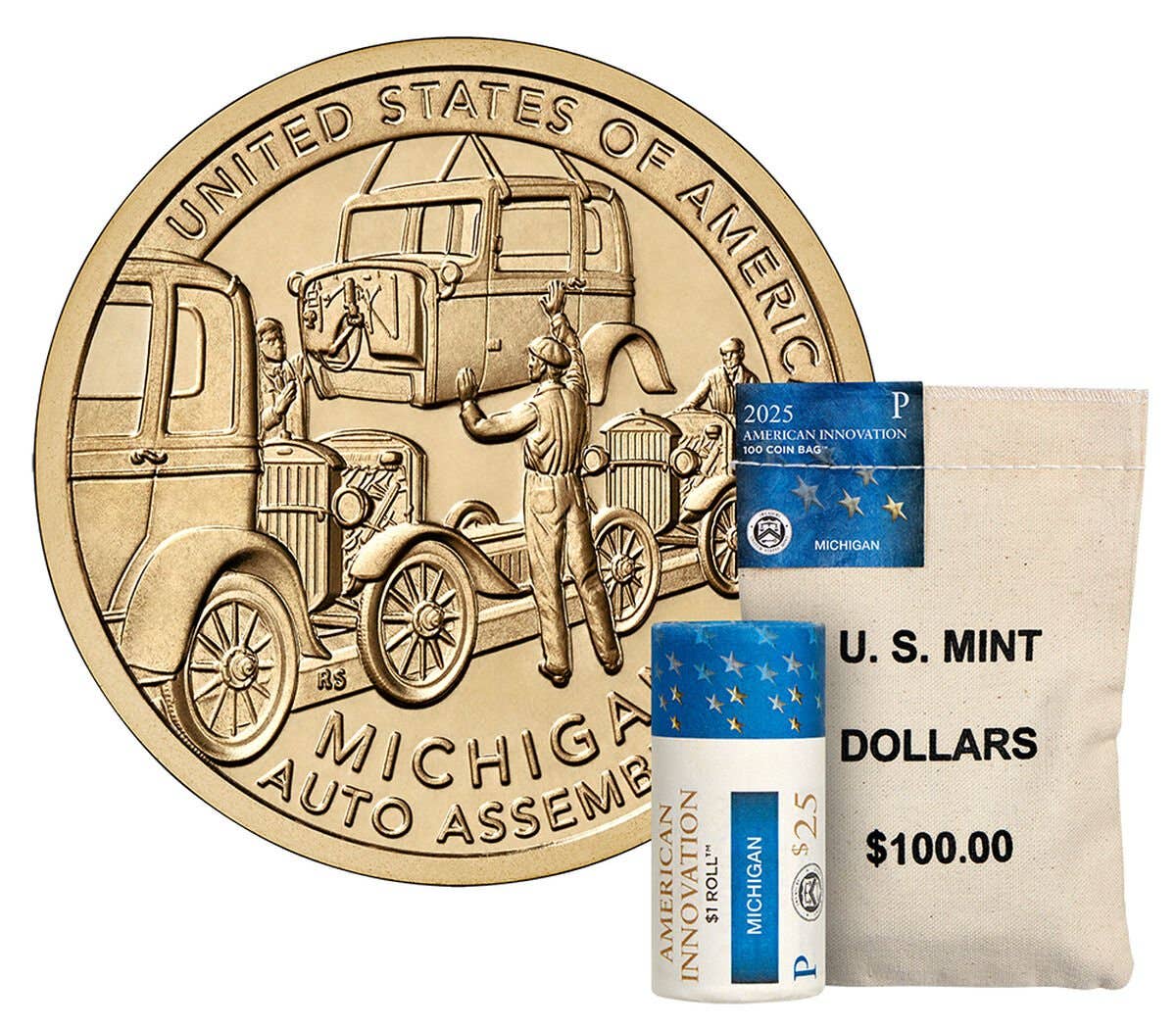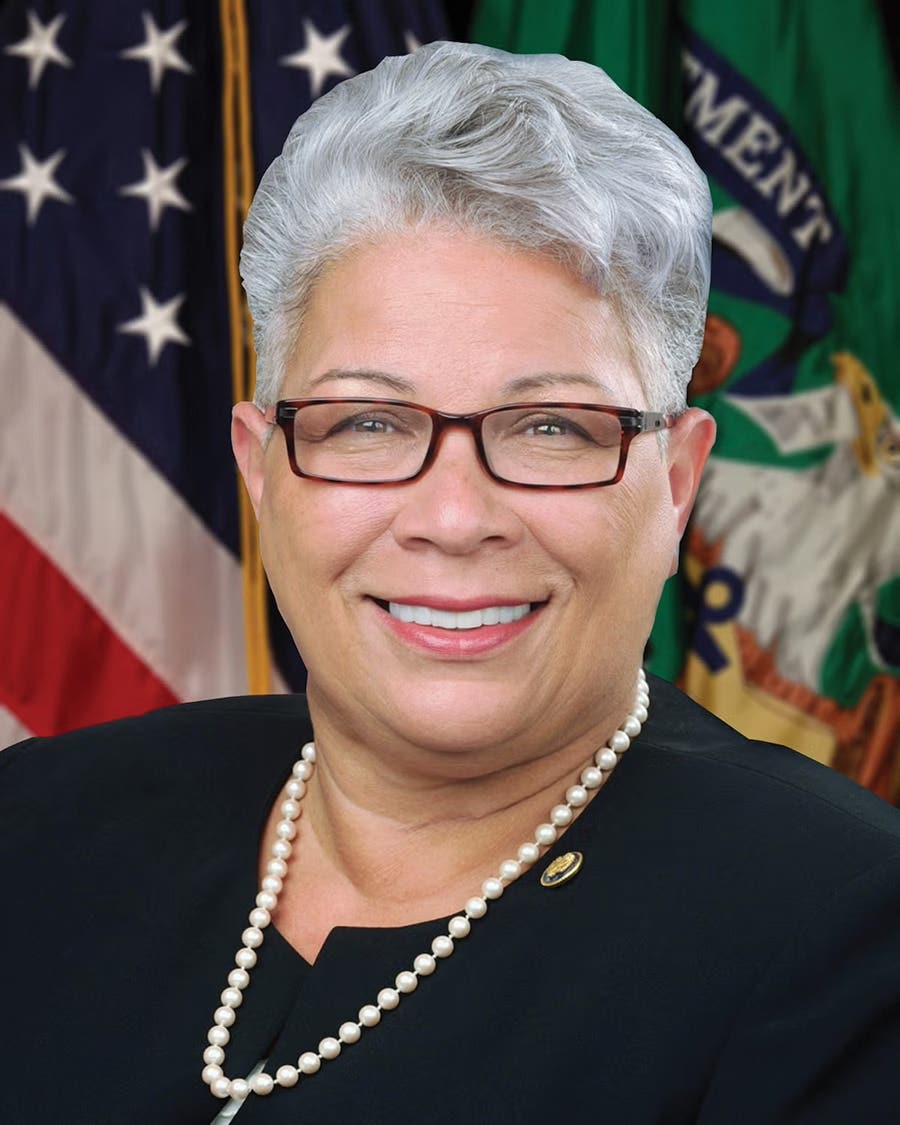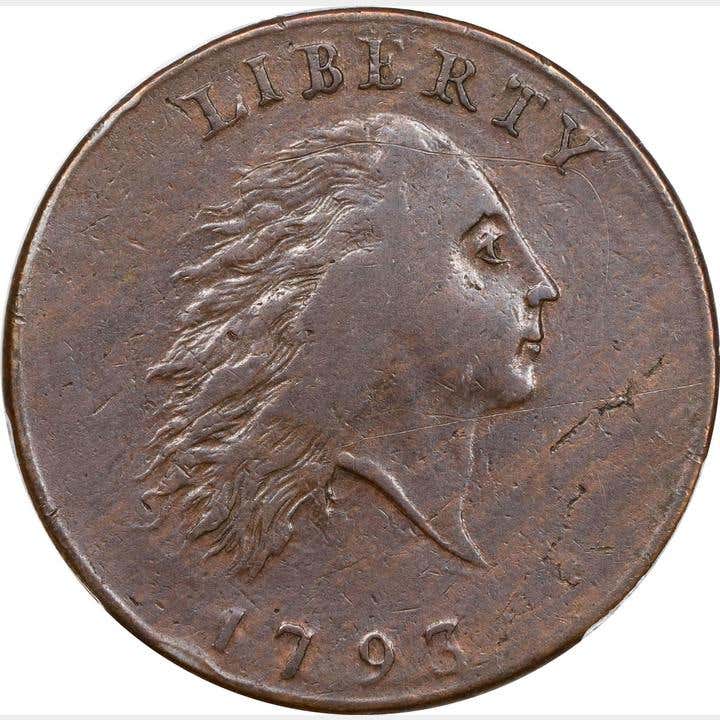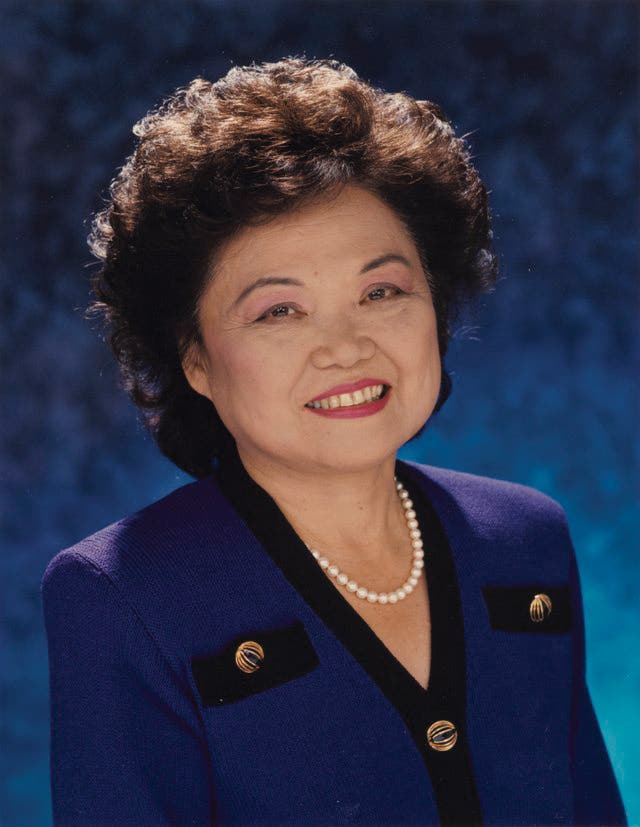The 1971-S Eisenhower Dollar
A coin does not have to be valuable to be interesting. That is certainly the case for the 1971-S Eisenhower dollar as the 1971-S is definitely not valuable but it…
A coin does not have to be valuable to be interesting. That is certainly the case for the 1971-S Eisenhower dollar as the 1971-S is definitely not valuable but it is an interesting coin both in BU and in proof.
The situation back in 1971 was fascinating. After less than a decade had passed since the United States government had basically declared war on collectors (blaming collectors for the national coin shortage of the mid-1960s), the government was back. This time, however, they offered to sell those very same troublesome collectors the new 40 percent silver Eisenhower dollar.
There were a host of things wrong with the picture. The new Eisenhower dollar the officials were promoting was not all that exciting to many. It was not a case of collectors not liking Ike, however; they thought the new dollar was suspect.
The collectors at the time would have seen the new dollar for what it really was, which was a created coin that could be used to honor Eisenhower. No one had a problem with that but at the same time, no one really had an expectation for it, either. Just a few years earlier, any bank would have given you Morgan and Peace dollars for their face values and few cared. Under the circumstances, there was little reason to expect that somehow everyone would suddenly want to use new Eisenhower dollars.
The situation was not limited to the business strikes; the business strikes were the least of their problems. The government, however, had other ideas and that included the offering of special 40 percent silver examples of the new dollars in proof and BU to collectors.
On the surface that might seem fine but it’s worth noting that the collectors being offered these 40 percent silver dollars had less than 10 years earlier been able to get 90 percent silver dollars from the 1800s for just a dollar. The idea of 40 percent silver coins didn’t impress anyone.
Then there was the matter of cost. It must be remembered that this was 1971 and the price of a proof set was $5 while a mint set was $3.50. The price of the BU 40 percent silver Ike dollar was $3 and the proof was $10. No one really got upset about the BU price. It might have seemed a little high but not terribly out of line. The $10 proof, however, was another matter. With the current proof and mint set combined costing less than a single proof dollar, the frustration over the way the government treated collectors back in the mid-1960s meant that lingering frustration would come to the surface. The frustration came in a wave of claims of price gouging. There were threats to boycott the new Eisenhower dollars and a lot of grumbling when people did order them.
Despite all the threats, the final sales totals for the 1971-S stood at 6,868,5320 for the BU and 4,265,234 for the proof. While there were no public statements regarding how official views were on the totals, there had to be relief as it is clear many who threatened to boycott the Eisenhower dollar had ended up purchasing them anyway. In the case of the BU, the low price seemingly has made a very real difference. Today, the BU is at $7.50. It’s certainly not a large increase over the issue price 35 years ago but it is better than a decline.
Today, the proof sits at $11. Also, it has limited prospects for higher prices as the much lower mintage 1972-S proof sits at $7.50. The 1972-S should move in price long before the 1971-S, so unless silver prices force a change, the 1971-S has to be seen as having limited prospects for future price increases.
Even though the 1971-S is not likely to move much in price, it is hard to escape the fact that it was historically interesting as the first year of Eisenhower dollars. The story of the reaction to its price simply adds to the interest and for $11 you get a lot of history with the 1971-S even if there is not a lot of potential.




